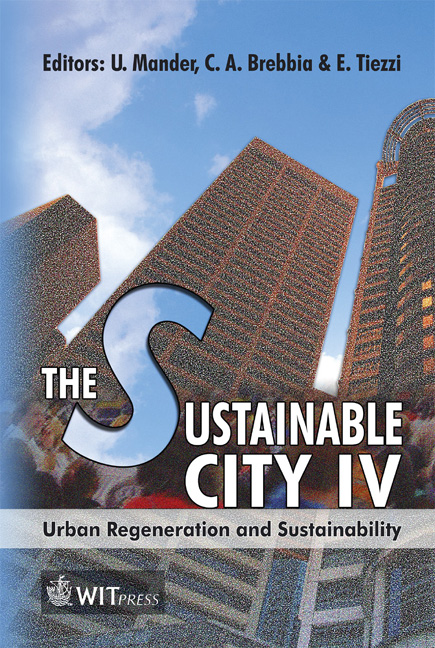Characterization Of Particulate Matter From Urban, Industrial And Rural Environments
Price
Free (open access)
Transaction
Volume
93
Pages
10
Published
2006
Size
2,227 kb
Paper DOI
10.2495/SC060361
Copyright
WIT Press
Author(s)
N. Quaranta, M. Caligaris, M. Unsen & G. Pelozo
Abstract
Characterization studies of particulate matter were made in three cities of the Buenos Aires Province in Argentina. These cities have noticeable differences in relation to the number of inhabitants, vehicular density, industrial activities, etc. They are Vicente López, San Nicolás and Coronel Suárez towns. The samples were picked up with high volume equipment and daily concentrations corresponding to total suspended solids (PM) were determined by a gravimetric method. The particles were characterized by optical microscopy, scanning electron microscopy (SEM) and electron diffraction analysis X-ray (EDAX). The results obtained (PM concentration, particle size distribution, morphology and chemical composition) from the three towns showed important differences when compared. Carbonaceous particles, typically observed when traffic flow is high, were found in Vicente López samples. In San Nicolás samples, particles from industries can be differentiated and in Coronel Suárez samples, silicoaluminous particles, from local soil, are present. In San Nicolás, particularly, a comparative study between two different periods of time was made. The main difference between them is the country’s economic condition due to a serious economic crisis during 2001, which promoted the change of the vehicle motor power system from gasoline to compressed natural gas, with the environmental benefits that this situation involved. The present study is part of the research project \“Study of the Air Quality in Buenos Aires Province”, financially supported by the National Agency of Scientific and Technologic Promotion, Argentina. Keywords: urban and rural air, particulate matter.
Keywords
urban and rural air, particulate matter.





